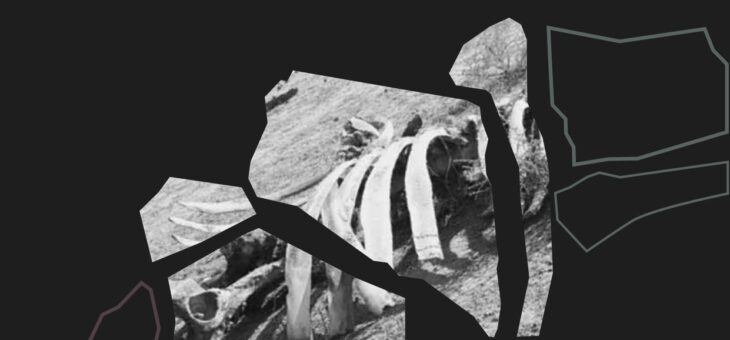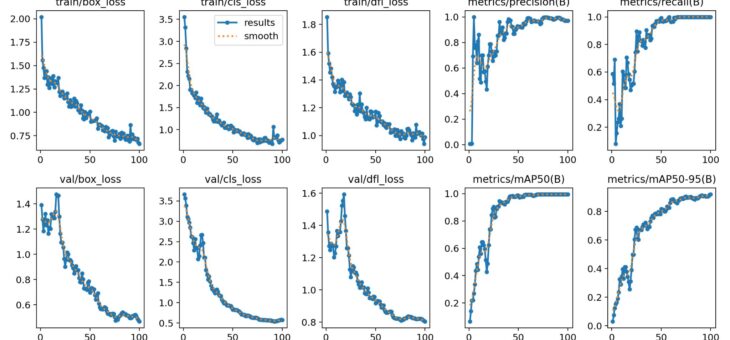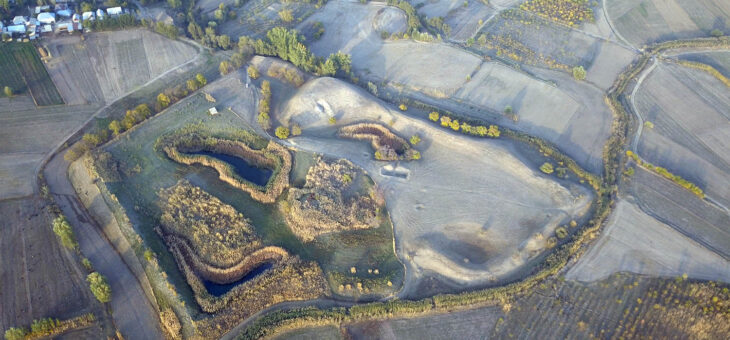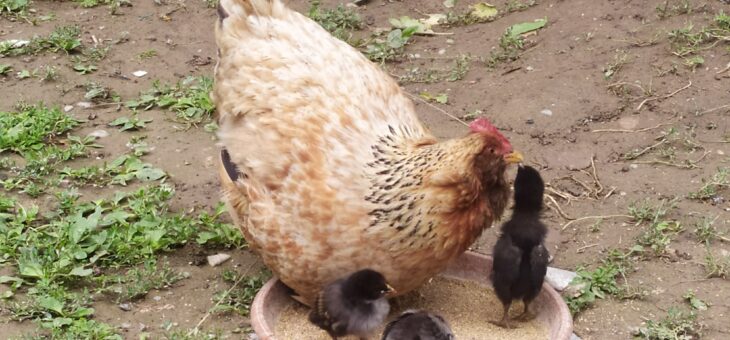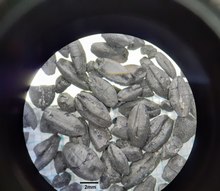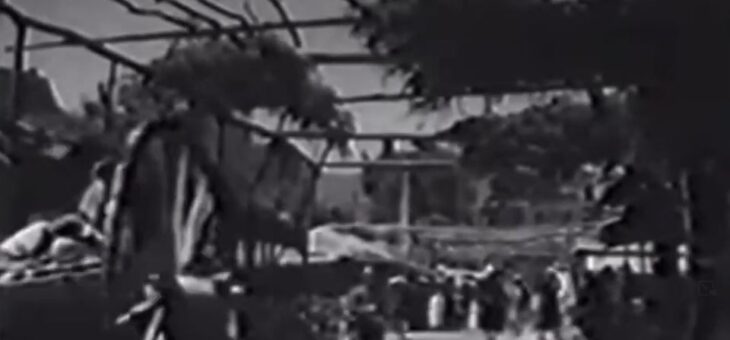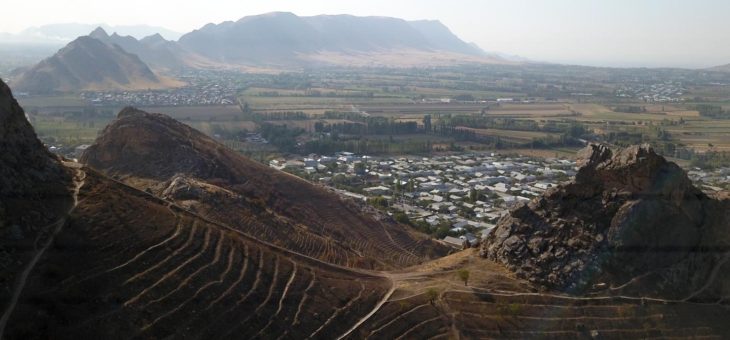Winds of the Steppe, Walls of the Oasis: Czech and Foreign Researchers Present New Discoveries from Central Asia
The third annual scholarly colloquium Winds of the Steppe, Walls of the Oasis: Contributions to the Archaeology and History of Central Asia (Vítr stepí, hradby oáz. Příspěvky k archeologii a historii Střední Asie) took place on 20 November 2025 at the Faculty of Arts, Charles University. The traditional meeting, organised by the Institute of ClassicalRead more about Winds of the Steppe, Walls of the Oasis: Czech and Foreign Researchers Present New Discoveries from Central Asia[…]
